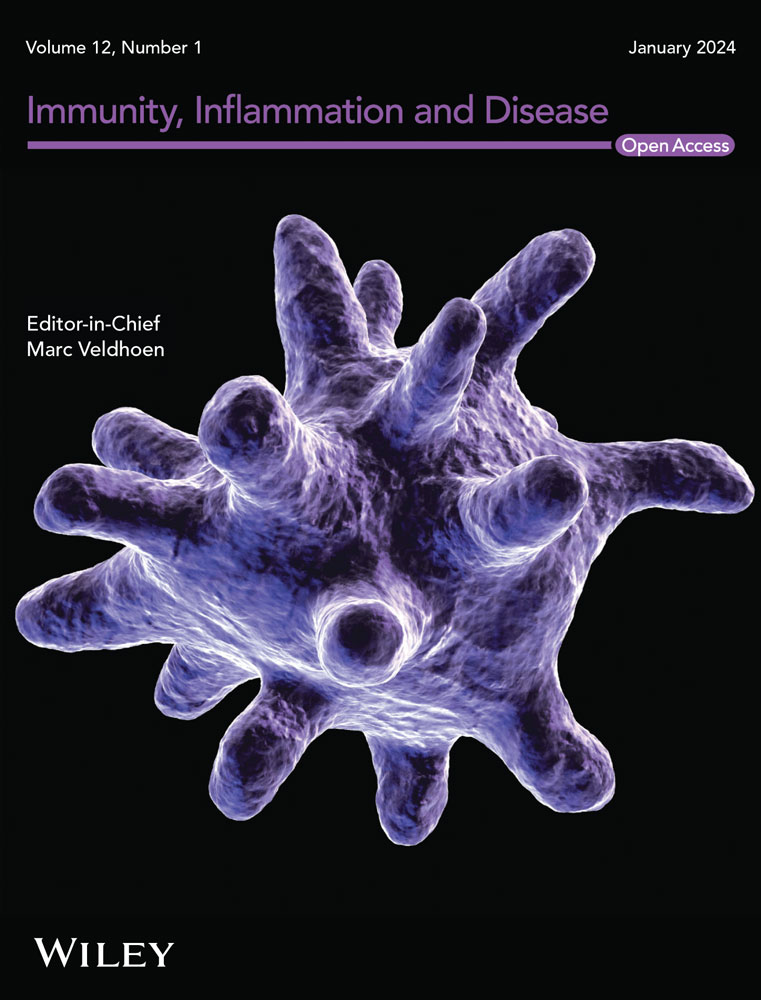Clinical and Laboratory Risk Factors of Early Poor Outcome in Patients With Childhood-Onset Lupus Nephritis—A Single-Center Retrospective Study
Abstract
Objective
Childhood-onset lupus nephritis (LN) tends to be more severe than in adults. A significant correlation between remission at 3 months of induction therapy and remission after 3 years was found in adults. While few studies on the risk factors of poor early prognosis in children with LN were made. Thus, this study investigated the risk factors of early poor response to help doctors develop effective treatment strategies.
Methods
A total of 99 LN children at Peking Union Medical College Hospital from January 2012 to January 2018 were evaluated and clinical data were retrospectively collected. In the study, a complete remission (CR) was defined as laboratory test results were completely normal, including blood routine, renal function, albumin, complement, and erythrocyte sedimentation rate, and the 24-h urinary total protein (24 h UTP) was less than 150 mg. After 3 months of treatment, 15 children achieved CR, and they were in good prognosis group (n = 15). While 84 did not achieve CR, and they were in poor prognosis group (n = 84). We compared the differences of clinical and laboratory indicators between the two groups.
Results
According to inclusion and exclusion criteria, 99 of 116 children with LN were included in this study. And 15 LN children were in good prognosis group. While 84 patients were in poor prognosis group. The incidence of rash (32.1% vs. 6.7%, p = 0.036) and oral ulcer (81.0% vs. 53.3%, p = 0.027) in poor prognosis group is higher than that in the good prognosis group. The 24 h UTP (g) [2.46 (1.41, 4.86) vs. 0.56 (0.30, 0.66), p < 0.001] and the serum creatinine (umol/L) [53.0 (40.3, 65.0) vs. 39.0 (29.8, 51.5), p = 0.017] were higher in poor prognosis group. The albumin (g/L) (28.7 ± 8.1 vs. 34.5 ± 5.3, p = 0.003) is lower in poor prognosis group. Logistic regression analysis showed that rash (p = 0.036), oral ulcer (p = 0.027), high 24 h UTP (p < 0.001), high creatinine (p = 0.017), and low serum albumin (p = 0.003) were significantly associated with poor early prognosis in childhood-onset LN.
Conclusion
The occurrence of rash cannot be ignored, especially for children with oral ulcers, a comprehensive evaluation of each system should be carried out, so as not to cause inactive treatment and affect the prognosis. High 24 h UTP have a positive predictive value for the early poor outcome of childhood-onset LN. Active control of proteinuria and achieving rapid renal remission is crucial for good prognosis.


 求助内容:
求助内容: 应助结果提醒方式:
应助结果提醒方式:


